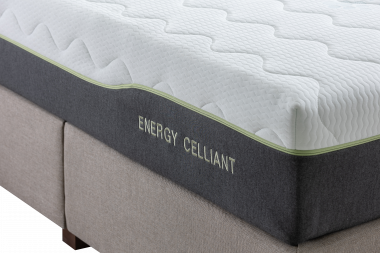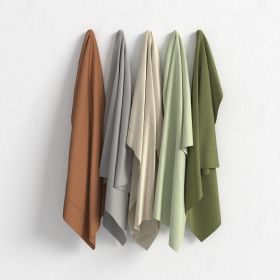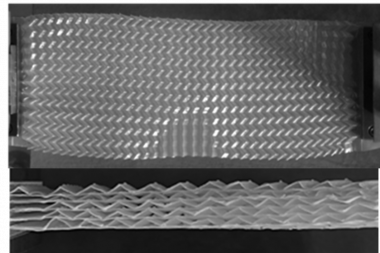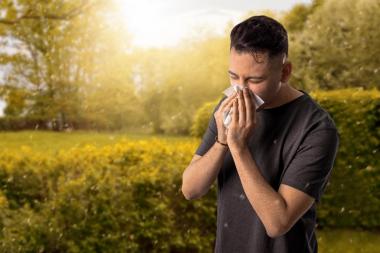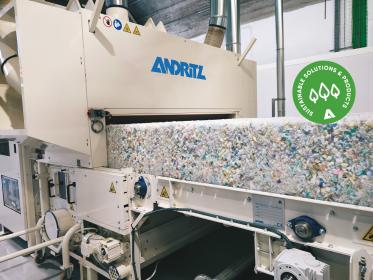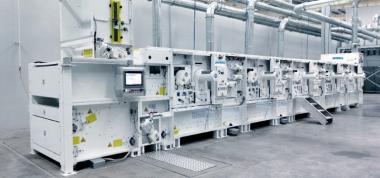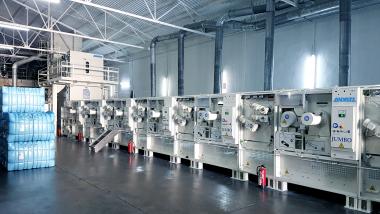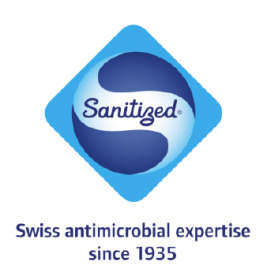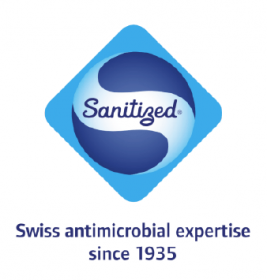CELLIANT meets updated requirements for Class 1 Medical Devices
The European Union (EU) has upgraded the requirements for the Class 1 Medical Device designation and Hologenix®, creators of CELLIANT®, has met the stricter requirements for this important market. This means that compliant manufacturers can continue to use the CE mark on their EU products containing CELLIANT.
Brand partners simply need to comply with the requirements that Hologenix provides, and do not have to pursue regulations on their own. Regulatory status validates the science and technology behind CELLIANT, a natural blend of bioceramic minerals that absorb body heat and reflect it back as therapeutic infrared energy.
The list of products that are now registered in the EU as Class 1 Medical Devices has grown considerably since 2014 when Hologenix first sought registration and now includes bed blankets, bed sheets, duvets, duvet covers, mattresses, mattress covers, pillows, heat-reflective upper and lower torso garments, therapeutic diabetic socks, compression socks/stockings, support bandages, wraps and limb mobilization/support skin adhesive tape.
The transition to the Medical Device Regulations in the EU for CELLIANT Class 1 medical devices includes more stringent requirements to demonstrate medical device safety for users, a refined quality management system and detailed technical documents.
Hologenix, LLC





